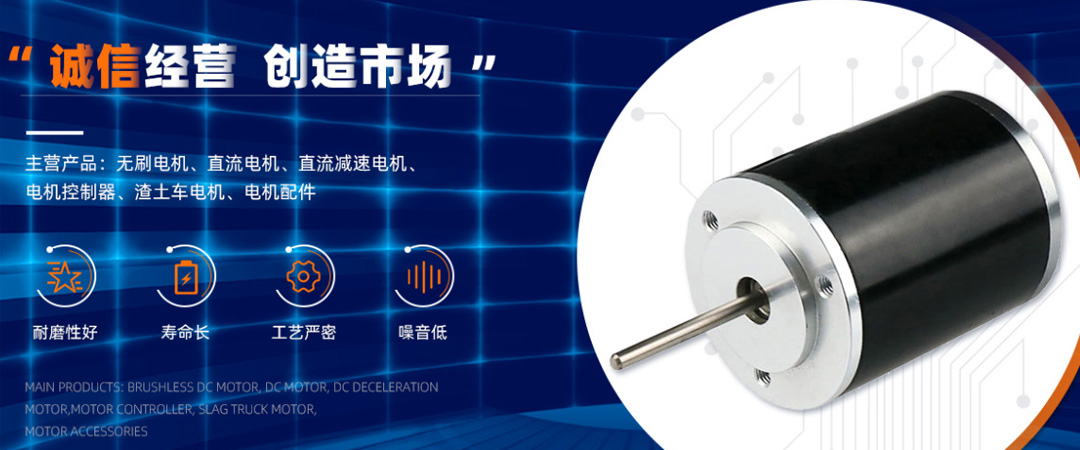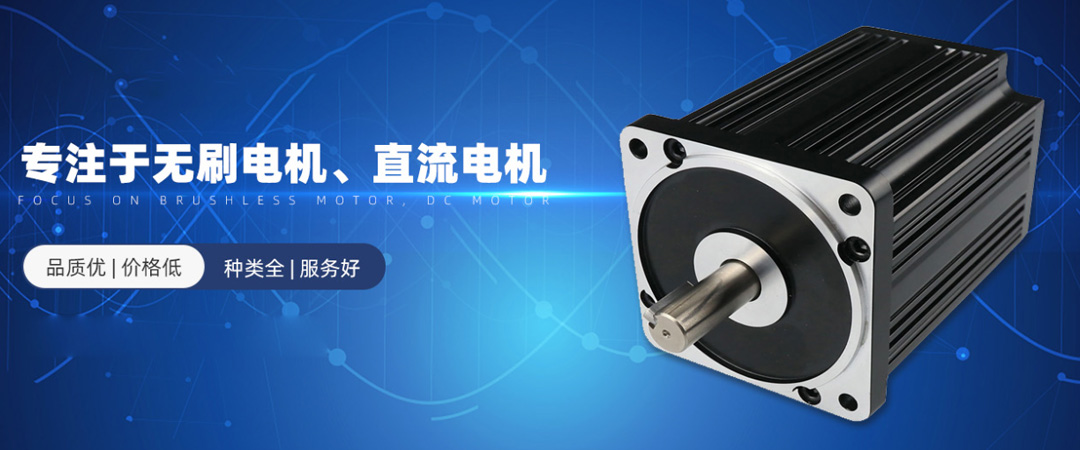Working and Control Principles of Brushless Motors
The current carrying conductor in the rotating force magnetic field of a brushless motor will be subjected to force. Let the magnetic field lines pass through the front of the palm, with the direction of the fingers being the direction of the current and the direction of the thumb being the direction of the magnetic force. This is the basis for generating induced electromotive force, which is opposite to the left-hand rule. Conductors in the magnetic field are pulled by force to cut the magnetic field lines, generating electromotive force.
Let the magnetic field pass through the palm, with the direction of the thumb being the direction of movement and the direction of the fingers being the direction of the generated electromotive force. Why talk about induced electromotive force? I don't know if you have a similar experience. When you connect the three-phase wires of a motor and rotate it by hand, you will find that there is a lot of resistance. This is because induced electromotive force is generated during the rotation of the motor, which generates current. The current flowing through the conductor in the magnetic field will generate a force opposite to the direction of rotation, and you will feel that there is a lot of resistance when rotating. If you don't believe it, you can give it a try.
When a current is applied to the brushless motor coil, according to the right-hand screw rule, an external magnetic induction intensity B pointing to the right will be generated (as indicated by the thick arrow direction), and the middle rotor will try to keep its internal magnetic induction line direction consistent with the direction of the external magnetic induction line to form a closed magnetic field line loop, so that the inner rotor will rotate clockwise.
When the rotor rotates to the horizontal position, although it is no longer subjected to rotational torque, it will continue to rotate clockwise due to inertia. If the current direction of the two solenoids is changed continuously, the inner rotor will continue to rotate. The action of changing the direction of current is called commutation.
Structurally, there are similarities between brushless motors and brushed motors, including rotors and stators, but the structure is opposite to that of brushed motors; The rotor of a brushed motor is a coil winding connected to the power output shaft, and the stator is made of permanent magnet steel; The rotor of a brushless motor is made of permanent magnet steel, which is connected to the output shaft along with the housing. The stator is a winding coil, and the commutation brush used to alternately transform the electromagnetic field in a brushed motor is removed. Therefore, it is called a brushless motor.
Editor: ZiYu
Let the magnetic field pass through the palm, with the direction of the thumb being the direction of movement and the direction of the fingers being the direction of the generated electromotive force. Why talk about induced electromotive force? I don't know if you have a similar experience. When you connect the three-phase wires of a motor and rotate it by hand, you will find that there is a lot of resistance. This is because induced electromotive force is generated during the rotation of the motor, which generates current. The current flowing through the conductor in the magnetic field will generate a force opposite to the direction of rotation, and you will feel that there is a lot of resistance when rotating. If you don't believe it, you can give it a try.
When a current is applied to the brushless motor coil, according to the right-hand screw rule, an external magnetic induction intensity B pointing to the right will be generated (as indicated by the thick arrow direction), and the middle rotor will try to keep its internal magnetic induction line direction consistent with the direction of the external magnetic induction line to form a closed magnetic field line loop, so that the inner rotor will rotate clockwise.
When the rotor rotates to the horizontal position, although it is no longer subjected to rotational torque, it will continue to rotate clockwise due to inertia. If the current direction of the two solenoids is changed continuously, the inner rotor will continue to rotate. The action of changing the direction of current is called commutation.
Structurally, there are similarities between brushless motors and brushed motors, including rotors and stators, but the structure is opposite to that of brushed motors; The rotor of a brushed motor is a coil winding connected to the power output shaft, and the stator is made of permanent magnet steel; The rotor of a brushless motor is made of permanent magnet steel, which is connected to the output shaft along with the housing. The stator is a winding coil, and the commutation brush used to alternately transform the electromagnetic field in a brushed motor is removed. Therefore, it is called a brushless motor.
Editor: ZiYu



